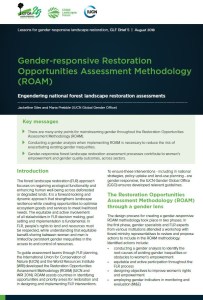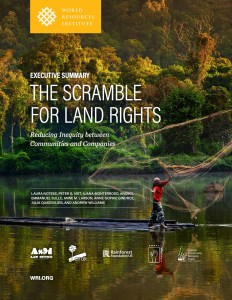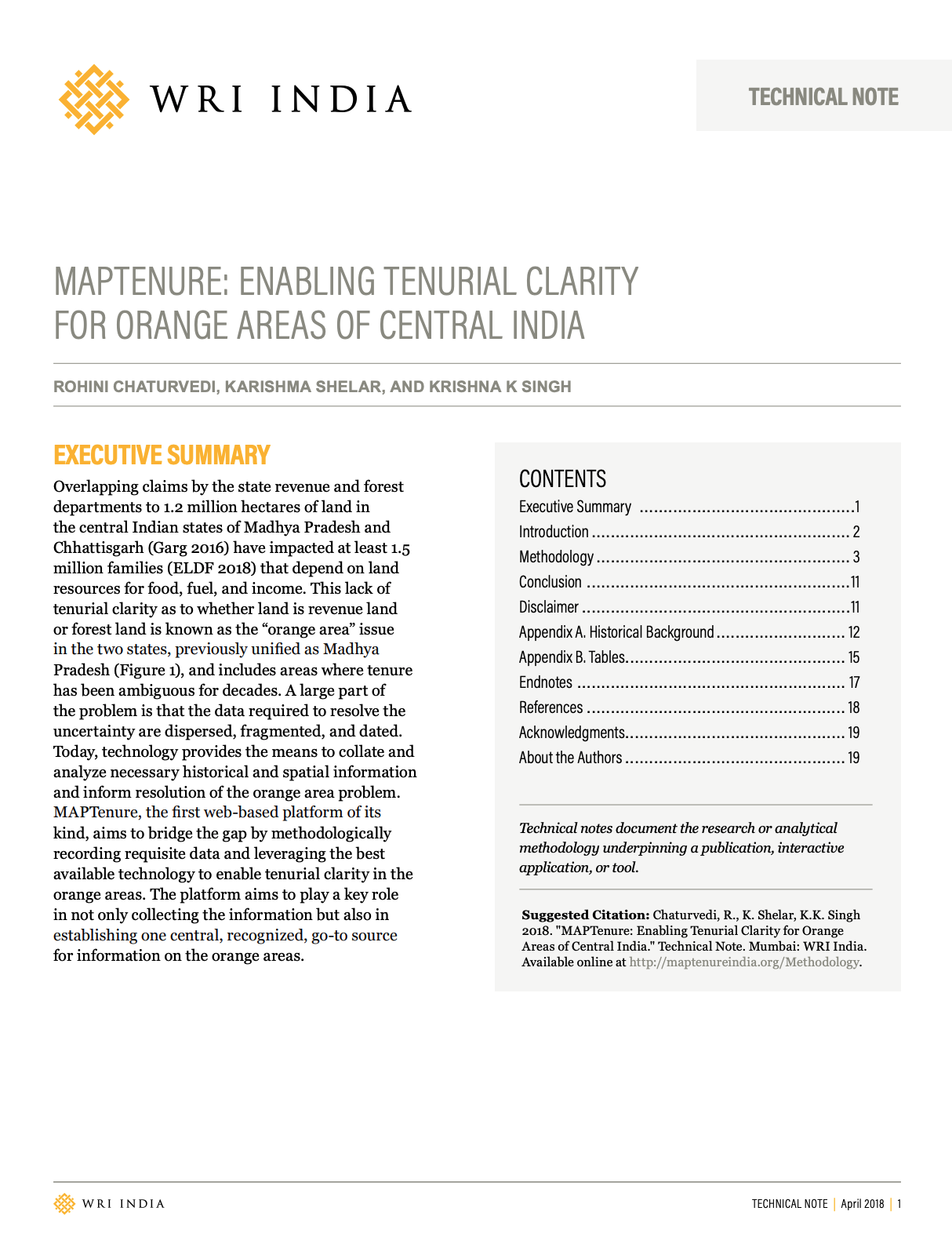Gender-responsive Restoration Opportunities Assessment Methodology (ROAM): Engendering national forest landscape restoration assessments
The forest landscape restoration (FLR) approach is a forward-looking and dynamic approach that strengthens landscape resilience while creating opportunities to optimise ecosystem goods and services to meet livelihood needs. The equitable and active involvement of all stakeholders in FLR decision making, goal setting and implementation is fundamental.











